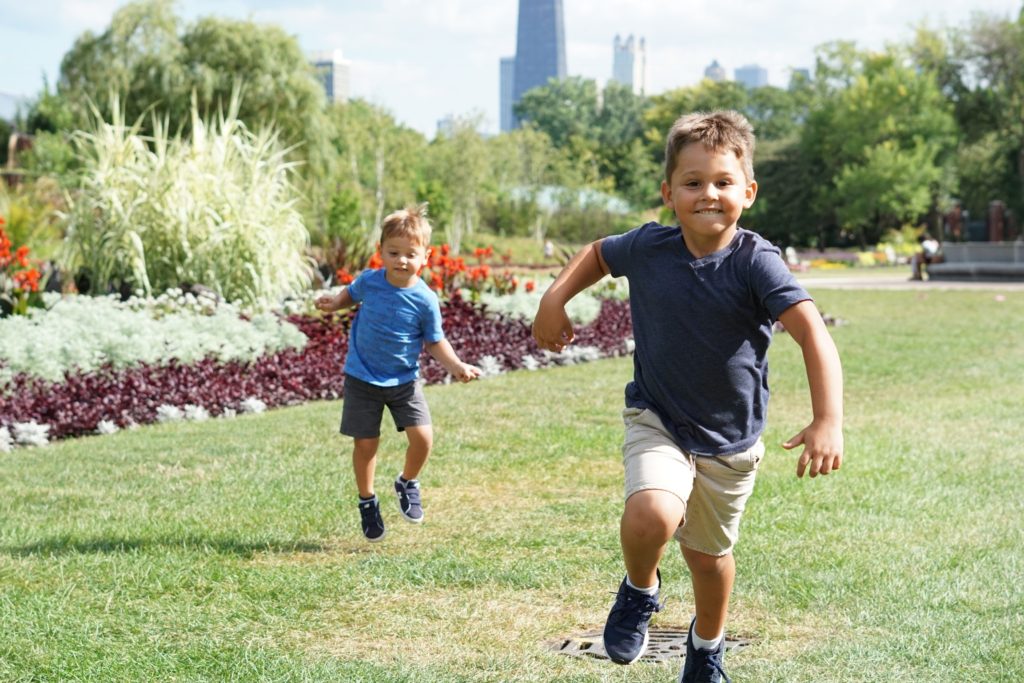Starting with the viral hashtag #metoo in 2017, everyone was talking about the prevalence of sexual assault and harassment. Like so many others, I have my own #metoo story. That however is not why I’m writing right now, what I want to try to do in order to help change this prevalence of sexual assault is to raise my kids to understand consent and body safety.

This means, despite every step we can take to not blame the victim, teaching our kids preventative measures. This means teaching both boys and girls about consent. Teaching them about what is acceptable and what is not.
Eight out of ten rapes are committed by someone the victim knows. In 2016, Child Protective Services found strong evidence that 57,329 children were victims of sexual abuse. The most vulnerable to be sexually assaulted or raped are women between 12 to 34 years old. Transgender students are at a higher risk. Bisexual women are at a higher risk. People with disabilities are twice as likely to be victims of rape and sexual assault than those without disabilities. msn.com
It’s never too soon to speak with your children about body safety.

Talk about body parts early and use the proper terminology.
When we teach our children terms for their body parts that we feel like they’d understand, childish names, it teaches a sense of privacy and shame over what they are. When children know the anatomical terminology and have been able to discuss it openly with parents there is a greater understanding over what is not okay behavior of adults or children around them. If something does happen, it also makes it easier for children to discuss what happened and get help.
Teach your children body boundaries.
Teaching children about privacy when it comes to body parts can be complicated. I’ve read articles and articles about how you can teach your kids that it’s okay for mom and dad to see your parts but how often is a parent the abuser. Then again, every parent, especially depending on the child’s age needs to be able to see a child naked to shower and bath, to change diapers, to help with toileting. It’s necessary. This is when it comes in teaching your child boundaries. What is okay touching, what is not. Teaching your kids that nobody outside the home should TOUCH their body parts. It’s inappropriate for anyone to ask to see them or ask them to touch others.
Teach your kids that body secrets are not okay.
Abusers can threaten your child if they tell about the abuse. Teach your children that body secrets are not okay. Reassure them that no matter what you will not be mad, they will never lose mom or dad, nobody can ever hurt you over them telling the truth, and that if anyone asks to touch their body parts or for them to touch others body parts to tell you right away. This includes someone asking them to look at pictures of body parts or take pictures of their body parts.
Teach your children that the rules are not different even if they know the person.
It does not have to be a stranger asking them inappropriate things. Most often those who are sexually assaulted know their abusers. The rules are the same no matter who is asking.
Teach your children how to get out of bad situations.
Teach your children when it’s okay to lie if needed so they can get out of an uncomfortable situation. It can be hard for kids to say “no”, especially to an older child or adults. Teach them scenarios that can help them get away, this may even mean self-defense strategies.
 Teach consent early.
Teach consent early.
Boys and girls. It’s easy to teach consent early. If kids are playing, perhaps rough housing, and one clearly is upset and wants it to stop, teach your children to recognize that and follow their lead. This includes following it yourself with your children. My kids loved to be tickled, but there can be times that their done, follow their lead and as soon as they show they would like it to stop, then stop. Make them understand that they have the right to control the situation. They have the right to say ‘No’ or ‘stop’ and the other person should listen. As well as others have that same right and if they say ‘no’ or ‘stop’ then stop.
Don’t require affection.
It may hurt your feelings if your child doesn’t want to give a hug or kiss, it may hurt grandma or grandpa’s feelings, it may hurt Aunt June’s feelings, but DO NOT pressure your children into giving a hug or kiss to anyone they do not want to. It is within their power to refuse, this goes with teaching consent, it also means teaching children what power they have. They have power over their own body and have the right to say “no.”
What other body safety tips do you have? What have you taught your children? What were you taught that helped you? What were you not taught that you wish you were?
Sarah
Similar Posts:
4 Ways to Encourage Kindness in Kids
8 Valuable Lessons to Teach Kids about Gender Equality
No Touching: Why I don’t make my child hug
5 Things Every Child Should Know by Age 5
7 Ways to Empower Your Child Against Sexual Predators


